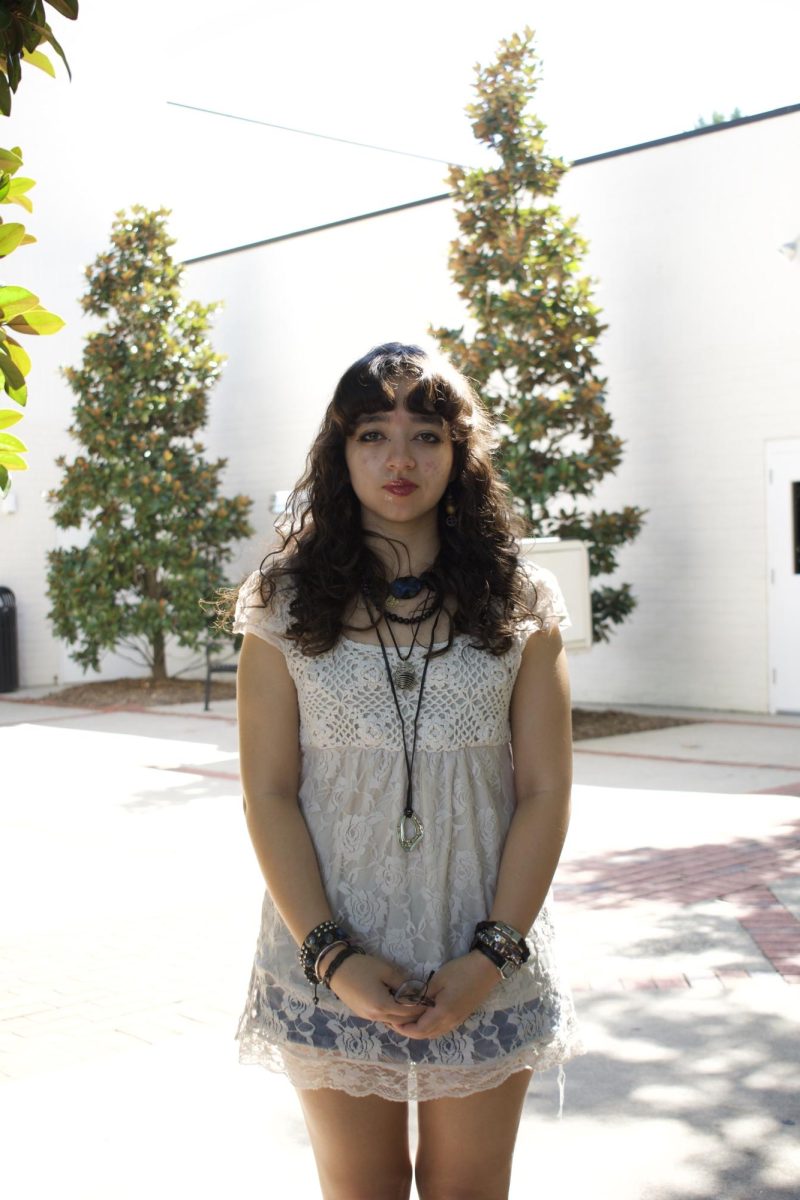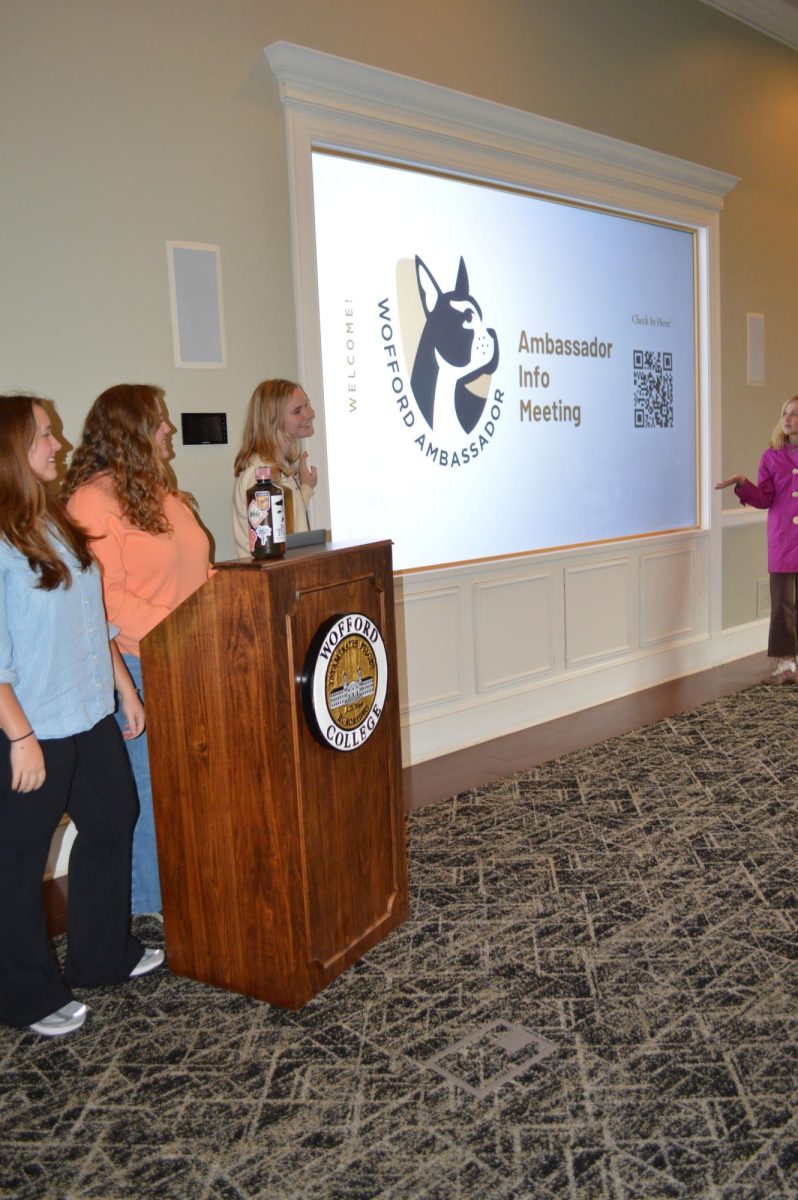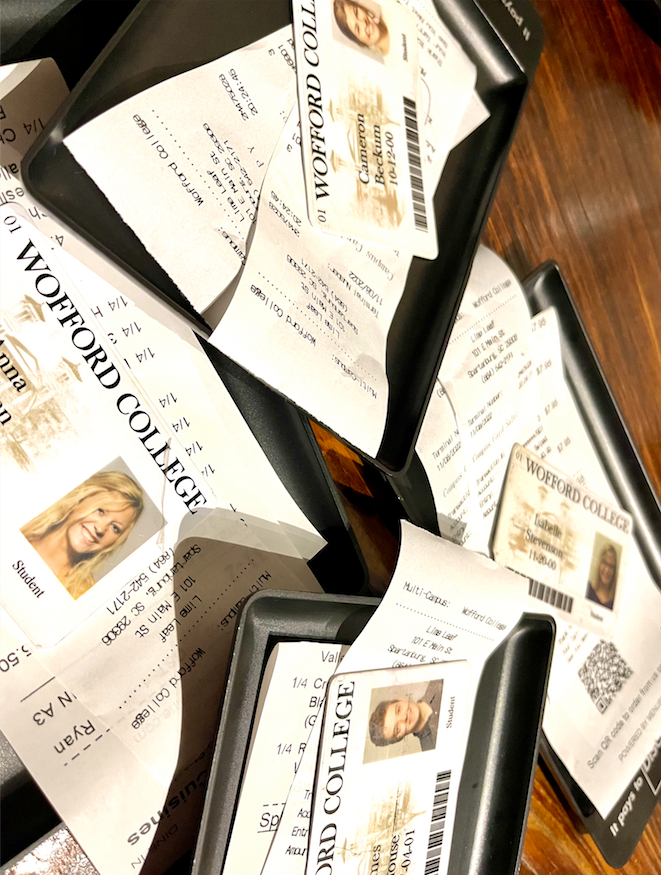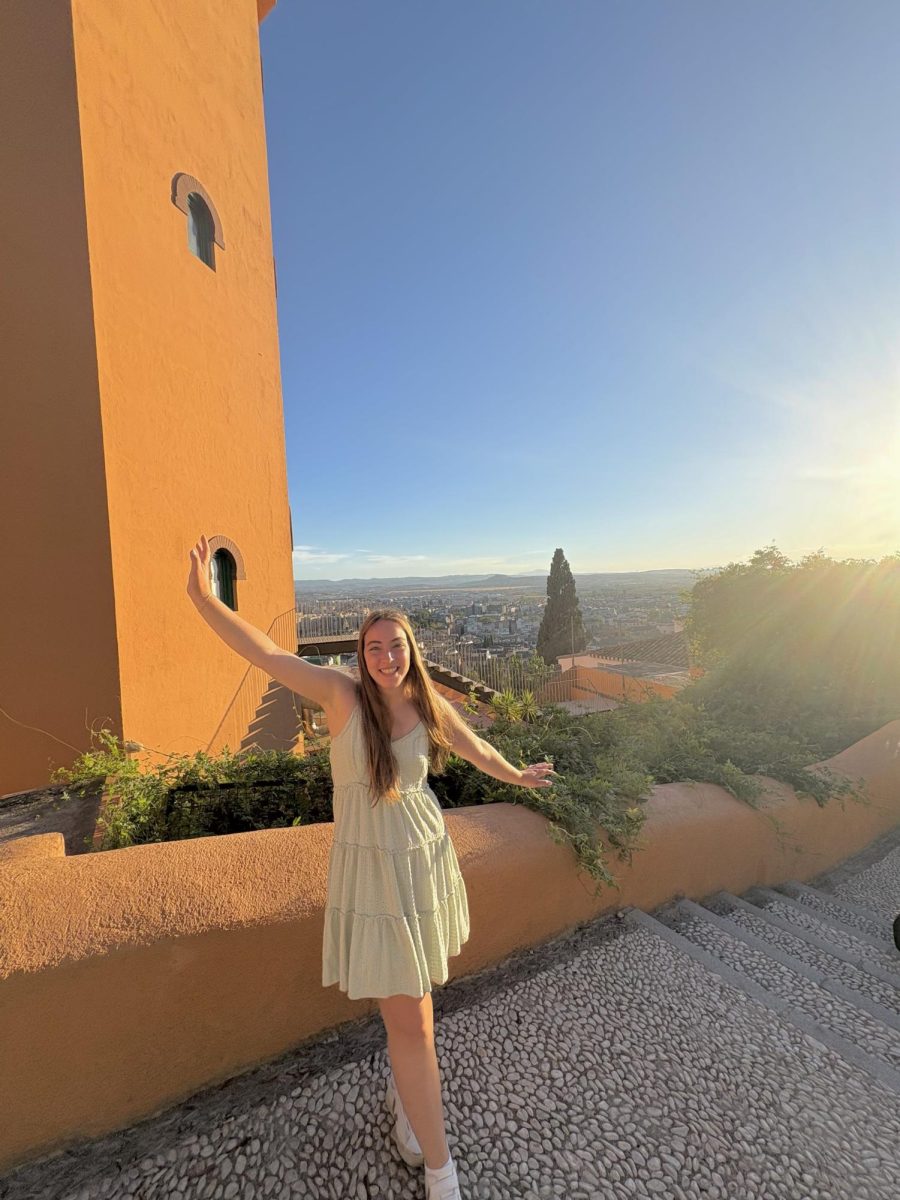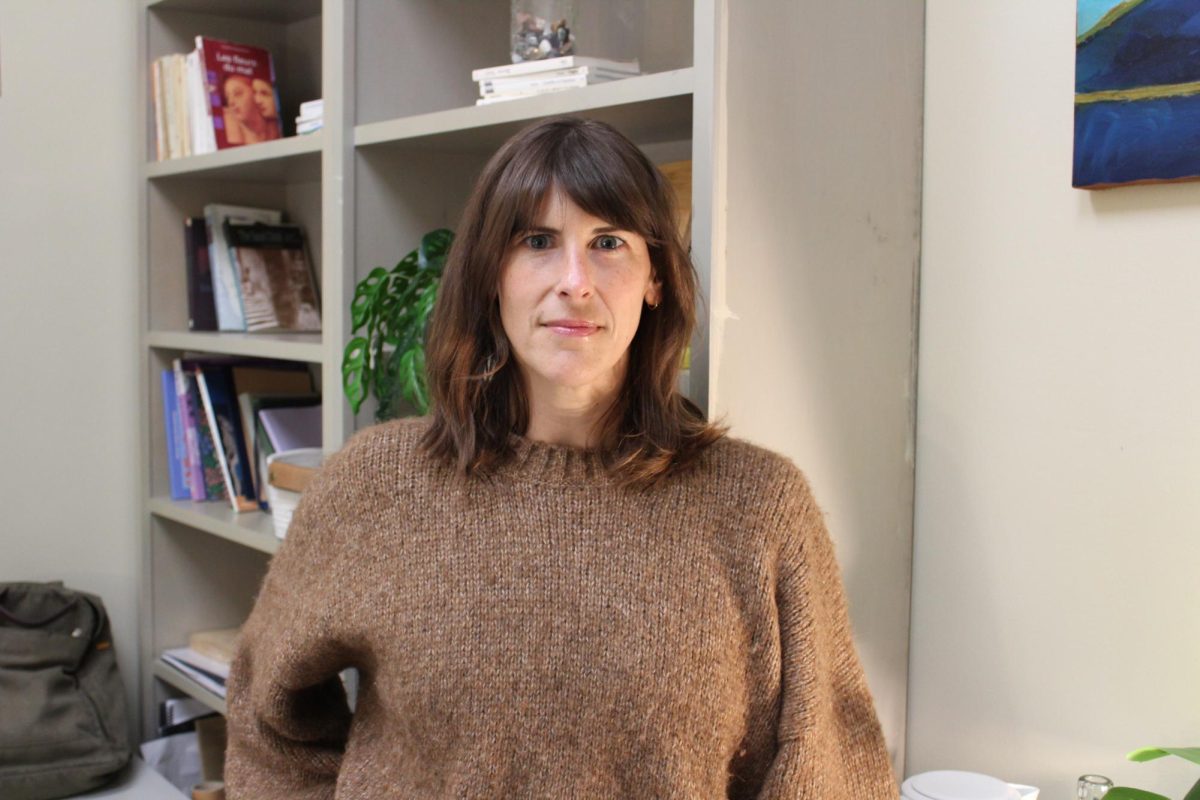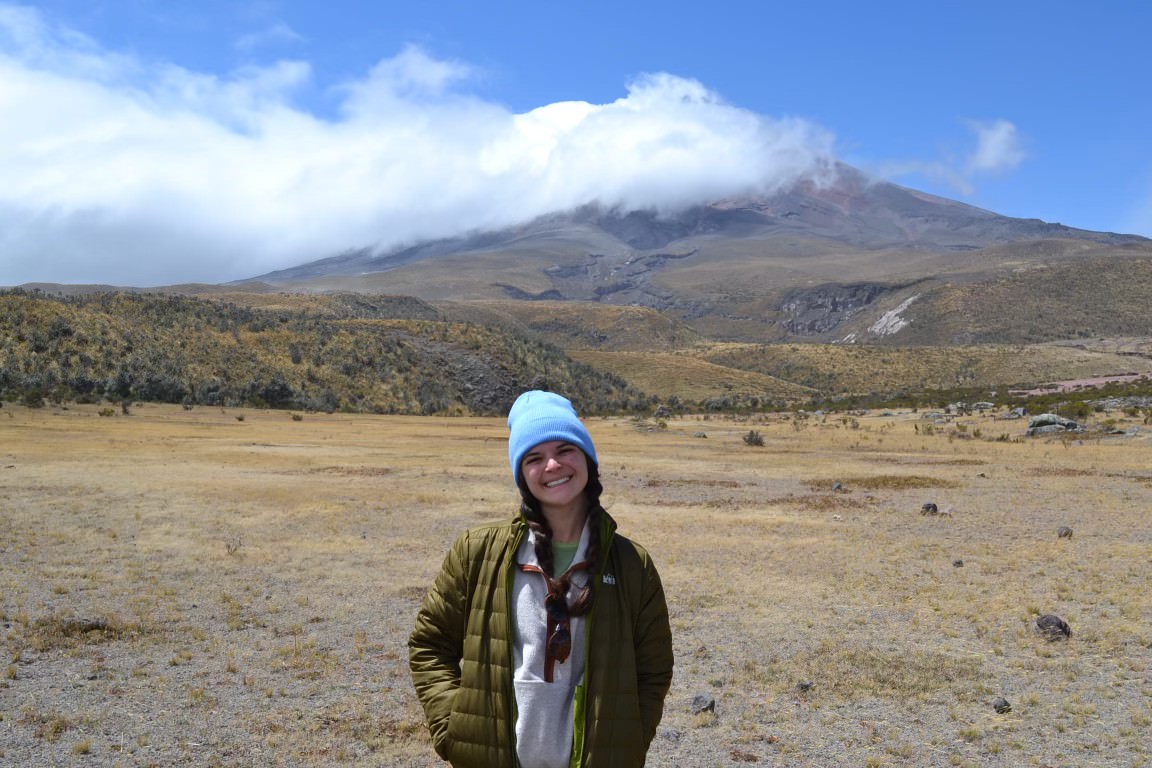Prepping for a continental jump
It’s not often, but there are times when I gave my roommates a quick “Adios!” on my way out of our dorm on the way to class or passing by in front of Old Main. Maybe it’s more natural for me since I have studied Spanish for eight years, but I know my friends and family have done the same on an occasion. Mixing up the way we greet and farewell others might not be an intentional effort to encourage a multi-cultural community, but it seems that our multi-cultural communities have fortunately and inadvertently enriched our mundane “hello” and “goodbye”.
To my surprise, I rarely hear a Chilean say ¡Adios! My host-brother only uses it ironically, waving dramatically across the street while we wait for our respective mircos on our way to class. The proper Chilean way to say goodbye is two-fold: Que le vaya bien followed by your best ¡Chao! The first phrase is the English-equivalent of “have a good day”. Chao sounds just like the well-known Italian greeting, but anyone familiar with Chilean WhatsApp etiquette (required for all gringos looking to blend in smoothly in the class group chat that, yes, includes your professor) must know it is not spelled the same. I always supposed it was to mimic the way Chileans (mis)spell encantado, or “pleased to meet you”, from which they drop the “d” so that it sounds like a “w” sneaking in between the vowels.
One thing I’ve learned from my experiences abroad is that greetings are a powerful way to show respect for others; knowing how to say hello, goodbye, and thank you in someone else’s language rarely goes unnoticed. This past weekend I walked around Valparaíso’s first annual Wine & Art Festival held in the same neighborhood as one of poet Pablo Neruda’s three houses. Camera and recorder ready, I was prepared to interview several artists for my research project. Internationally-known street artist Inti—native to Valparaíso—was too intimidating to approach. I did, however, speak with another artist after she saw my camera and asked if I was a journalist.
After a few exchanges in Spanish, we noticed each other’s non-Chilean accents and simultaneously asked if the other spoke English. The artist, Aliona, is from Ukraine but has been traveling for 3 years. The day before the festival began, she had returned from a 3-month vacation to Canada, Thailand, and Ukraine. She went home to see family since she has not been able to return since she originally left in 2015. Aliona shared her brief story with a paint brush in hand, occasionally dipping it in the bucket of eggshell paint, sometimes glancing over her should to look me in the eye but mostly focusing on her mural. I wanted to leave her to her work and continue to speak with more artists, but before I left I blurted out a Dosvedanya! (Russian for “goodbye”). I rushed to explain that I knew the phrase was Russian and not Ukrainian yet that I was sure she would know what it meant. Aliona turned her body to fully face me, and a smile widened across her paint-splattered cheeks. She gave me look of equal surprise and gratitude after I meekly offered that one word in her native language after we had conversed almost entirely in mine. I had learned that word on Wofford’s campus, actually, from Petr on the Housekeeping staff. This summer I ran into Petr in the Village laundry room on occasion; after I switched my clothes from the washer to the dryer or waited for the cycle to finish, I spent 20 minutes talking with Petr about his life before he came to the States. He taught me how to say a few words and sayings in Russian. He even shared a piece of his favorite Russian candy that he buys from the European store in Boiling Springs.
The Monday after the street art festival, I ran into a fellow exchange student from another program. Her sister was visiting her, so I briefly got to know her, too. When she asked where I go to school, I originally just said “a small school in South Carolina”—my go-to line since most haven’t heard of Wofford—but added the school name in the end. The sister of my friend smiled and said she knew a few other Wofford students from when she studied abroad in Malaga, Spain last fall. I asked her about my friends who I knew were in Malaga then, and we quickly realized we had mutual friends. It’s impossible to describe how it feels when someone you meet thousands of miles away from home knows the people and place you call home; I imagine, though, it feels something like when the American girl with a camera approaches you while you’re painting a mural in Valparaíso, Chile and unexpectedly utters dosvedanya as she waves goodbye.
While the Italian ciao is both a greeting and a goodbye, the Chilean adaptation is strictly for farewells. The next time I write again for The Old Gold and Black, I will have long said Chao! to my home of 5 months. The next time you hear from me, I will be based in Cusco, Peru with about one week left in South America. So dhanyavaad (“thank you” in Hindi, a tribute to my 2018 interim trip to Nepal and Tibet), Chile for sharing your fruits, coastline, mountains, cities, and people with me. Kwa heri (Swahili for “good bye”, a tribute to my 2017 summer with The Space in Tanzania) to Valparaíso, the artists I met, the friends I made, and the family that made me feel like a true chilena, even if at times I pronounced all the consonants in my words. Bonjour Paris and ciao Italy, I’ll be seeing you soon for spring semester!



